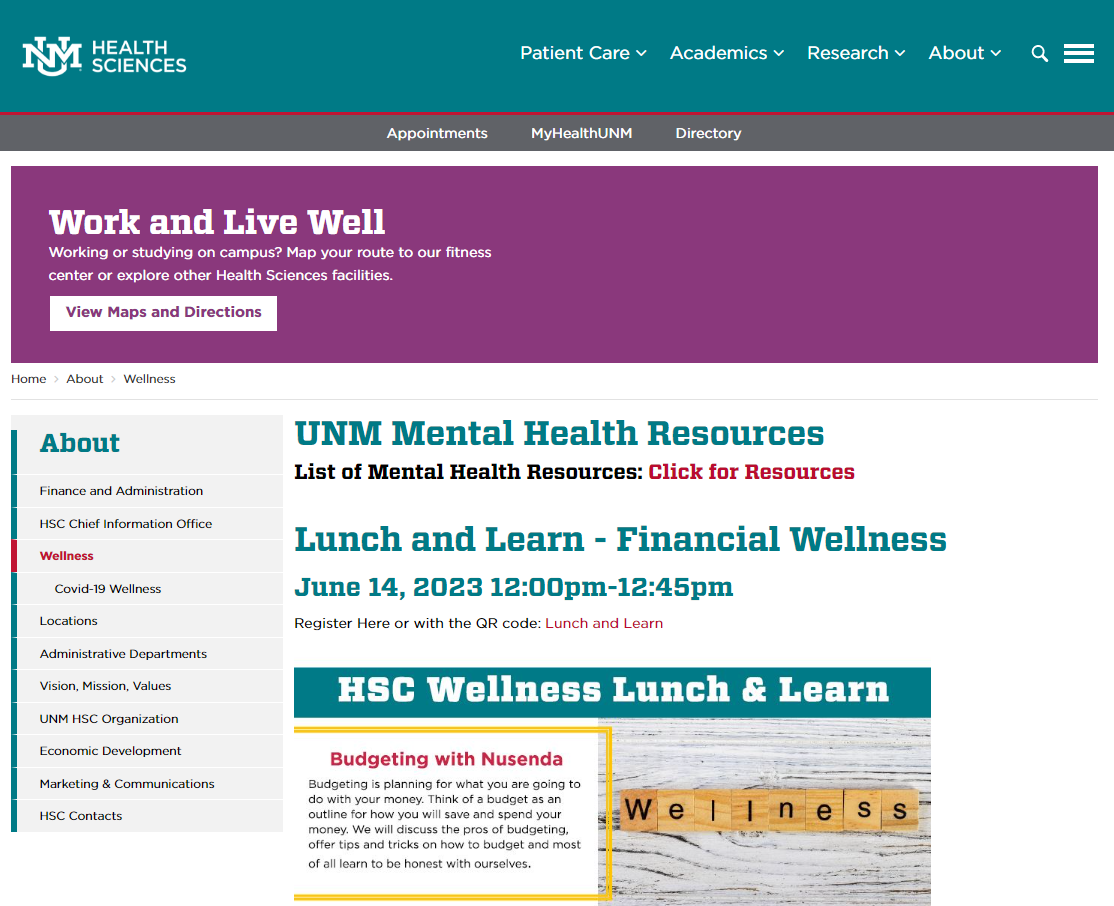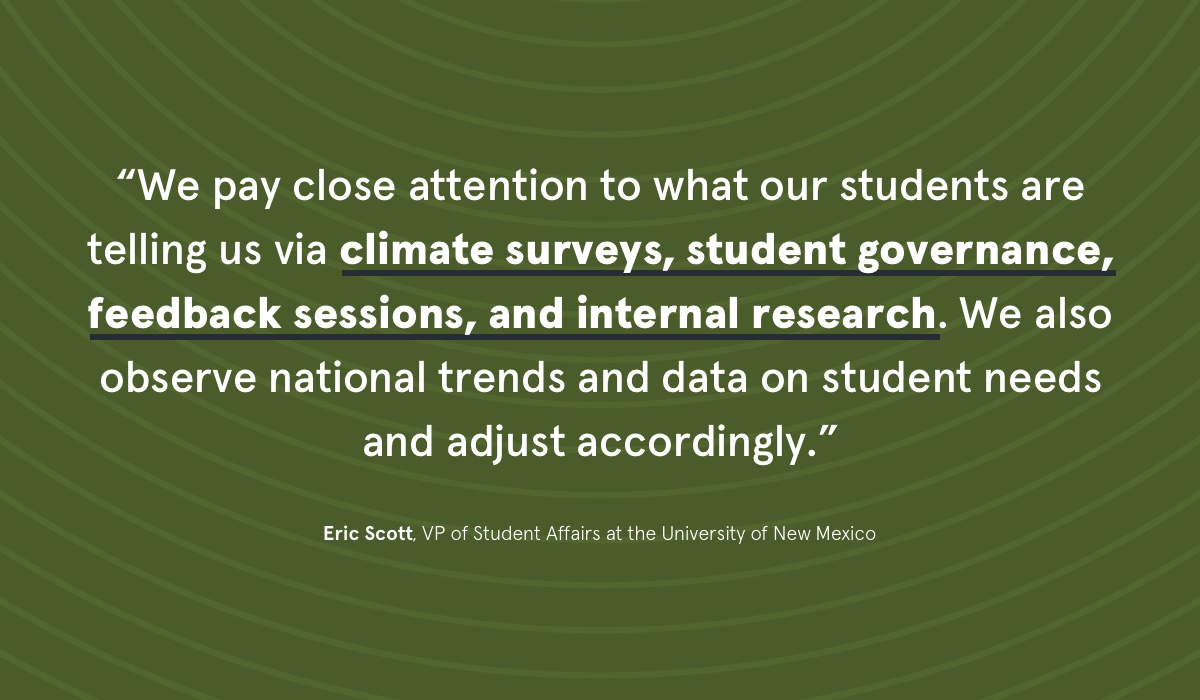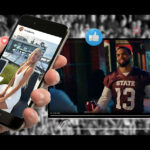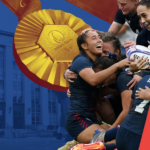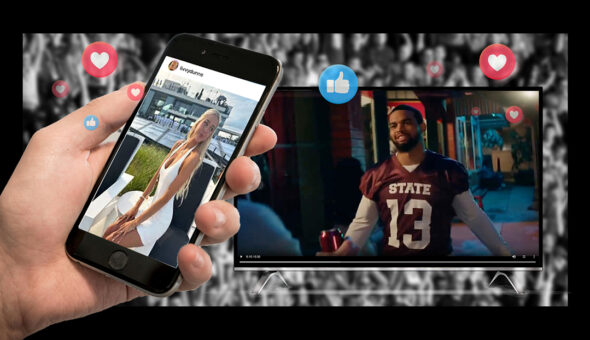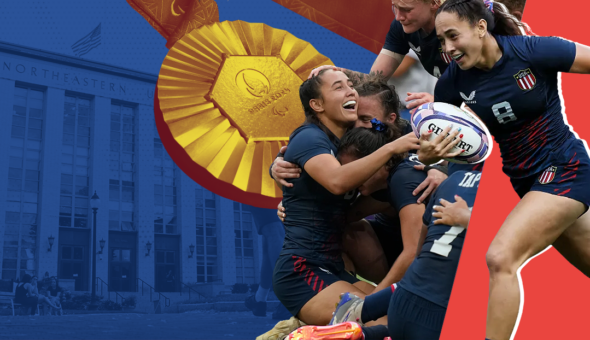Let’s face it: college is an adjustment period. As a result, colleges have made it a point to load the campuses with a plethora of helpful campus resources and opportunities that students of all seniority levels can seek out for themselves to make earning a college degree just a little easier.
Most of the time, the campus resources are a major win-win. Giving students the ability to access resources, from academic advising to college writing centers, fosters an environment where students feel more welcomed. In turn, students feel happier and more confident academically and socially because they believe they picked the right college.
Of course, many questions line the way for something to rise from a simple idea into an accessible and fully operational program: How does a college determine if a resource is necessary? How much time should you give a program to be successful? What happens if a program that had a promising start fails?

